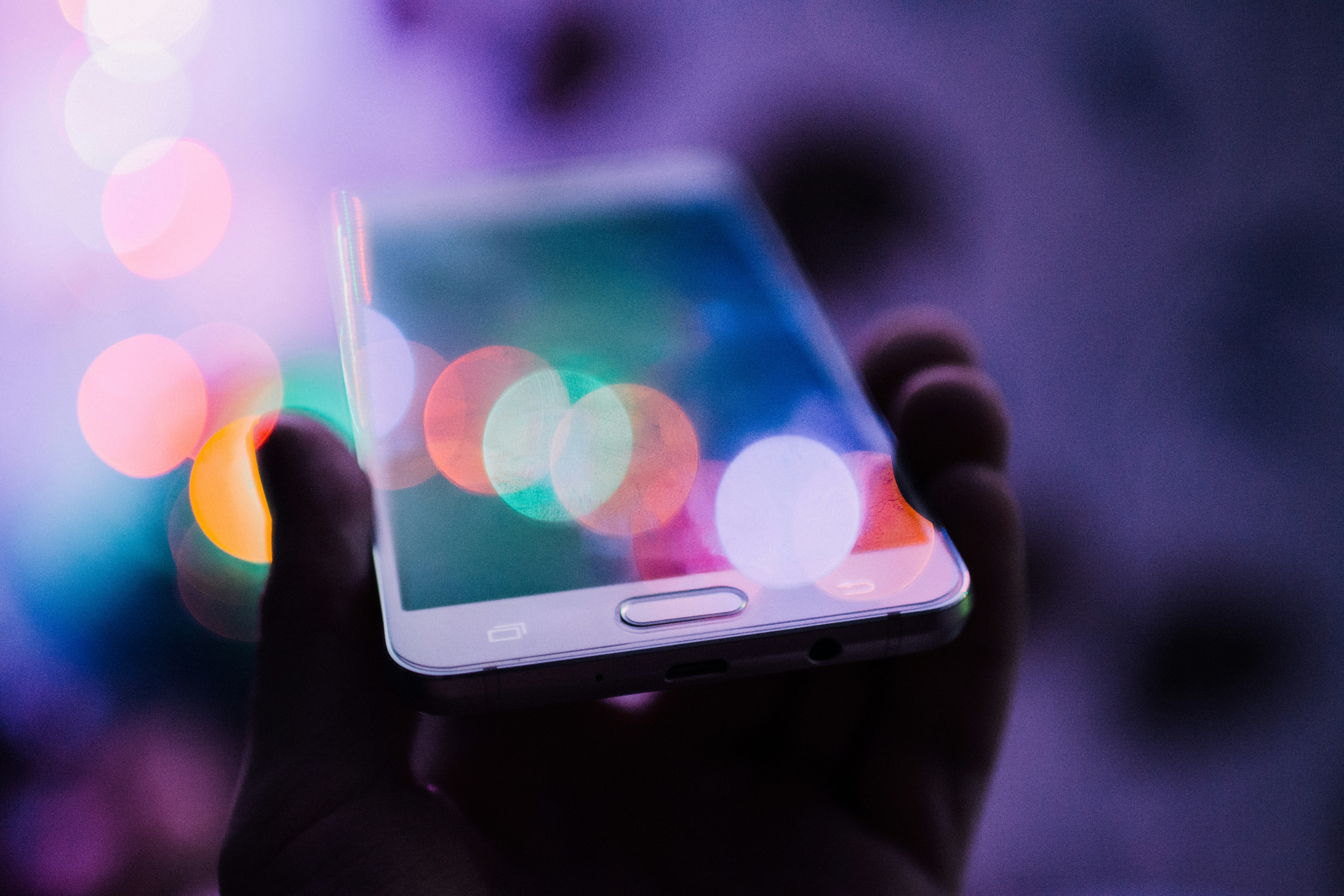
The digital advertising landscape is consistently evolving, and 2025 is shaping up to be no different. With new technologies and shifting consumer behaviors, marketers need to stay on their toes to keep up. In this blog post, we explore some of the most compelling trends that are expected to define digital advertising in the coming year.
AI and Machine Learning
Artificial Intelligence (AI) and machine learning continue to revolutionize digital advertising. These technologies enable more precise targeting and sometimes even creative elements like ad copy and imagery. In 2025, expect AI to play an even more significant role in advertising strategies. From predictive analytics to optimizing ad spend, AI is making ads more effective and relevant than ever before.
Voice Search and Smart Speakers
Voice search is transforming the way people find information online, thanks in part to the proliferation of smart speakers. By 2025, incorporating voice search optimization into advertising strategies will become more critical. Brands will need to adapt by creating content that is easily discoverable via voice queries to stay ahead of the curve.
Personalization and Hyper-Targeting
Gone are the days of one-size-fits-all advertising campaigns. Today’s consumers demand personalized experiences, and 2025 is all about hyper-targeting. Leveraging data analytics, brands can now create highly personalized ads that cater to individual preferences and behavior patterns. This not only improves engagement rates but also boosts customer loyalty. To achieve this level of personalization, working with an experienced SEO agency can be instrumental. These agencies specialize in driving targeted traffic and improving online visibility, making it easier for brands to reach the right audience.
Augmented Reality (AR) and Virtual Reality (VR)
AR and VR are no longer just for gaming; they’ve made their way into digital advertising as well. From interactive ads to virtual try-ons, these technologies offer immersive experiences that capture consumer attention. In 2025, we can expect wider adoption of AR and VR in advertising, providing more engaging and memorable experiences.
Privacy and Data Protection
As personalization and hyper-targeting become more prevalent, privacy concerns also escalate. New regulations around data protection are emerging, making it crucial for marketers to balance personalization with privacy. In 2025, we anticipate greater transparency and stricter compliance, both on the part of advertisers and the platforms they use.
Sustainability and Social Responsibility
Consumers are increasingly favoring brands that demonstrate social responsibility and sustainability. In 2025, we anticipate more brands adopting ethical advertising practices and promoting sustainable initiatives. This trend not only aligns with consumer values but also helps build long-term brand loyalty.
The Rise of Short-Form Video Content
Short-form video content is not just a trend; it’s a phenomenon. Platforms like TikTok and Instagram Reels have set new standards for engaging audiences. In 2025, short-form video ads will likely become even more popular, compelling brands to get creative in capturing attention quickly.
The Impact of 5G Technology
The roll-out of 5G technology is set to revolutionize the digital advertising space. With faster internet speeds and reduced latency, 5G will enable more dynamic and interactive ads. Brands can leverage this technology to create real-time interactive experiences that were previously not possible. As 5G becomes more widespread in 2025, it will provide new avenues for advertisers to reach consumers in innovative ways.
The Growth of Influencer Marketing
Influencer marketing continues to be a powerful tool for brands looking to build trust and authenticity. In 2025, we expect to see a shift towards micro and nano-influencers who, despite having smaller followings, often engage audiences more effectively than high-profile influencers. This strategy can result in higher conversion rates and a more genuine connection with consumers.
User-Generated Content (UGC)
User-generated content continues to be a powerful asset for brands looking to foster a sense of community and authenticity. In 2025, we expect to see brands increasingly encourage and utilize UGC in their advertising strategies. By showcasing real customer experiences and reviews, brands can build trust and credibility, which are crucial for long-term success.
Contextual Advertising
Contextual advertising is making a comeback as privacy concerns and ad-blocking continue to rise. Instead of relying on user data, contextual ads are displayed based on the content the user is viewing. This approach respects user privacy while still delivering relevant ads. In 2025, we anticipate an upsurge in contextual advertising as marketers look for effective ways to reach their target audience without intruding on their privacy.
Conclusion
The digital advertising landscape for 2025 is set to be more dynamic and innovative than ever. With advancements in AI, heightened personalization, and the rise of new media forms like short-form video and voice search, the future is bright and teeming with opportunities. However, as brands navigate these trends, balancing innovation with privacy and social responsibility will be crucial. Stay tuned, and stay ahead, because 2025 promises to be an exciting year for digital advertising.
